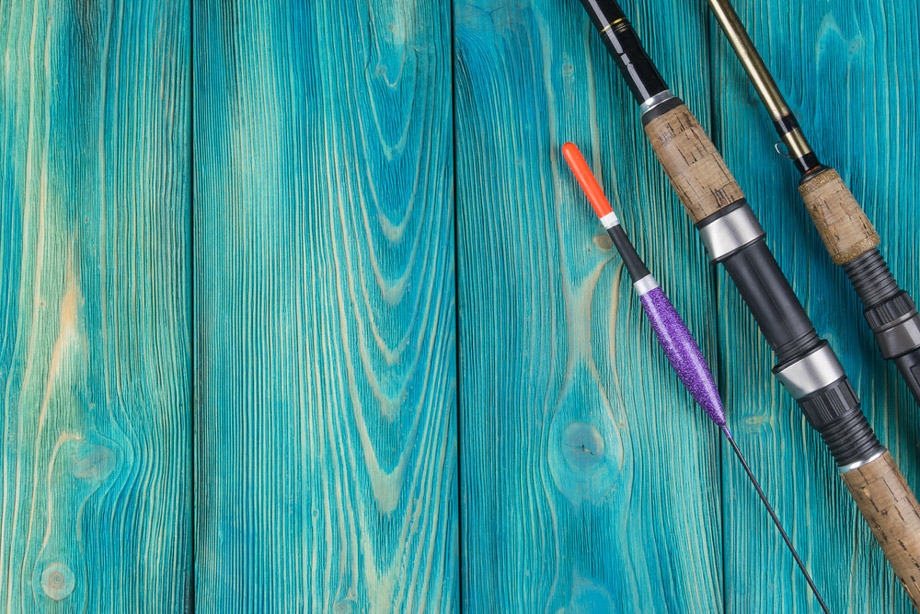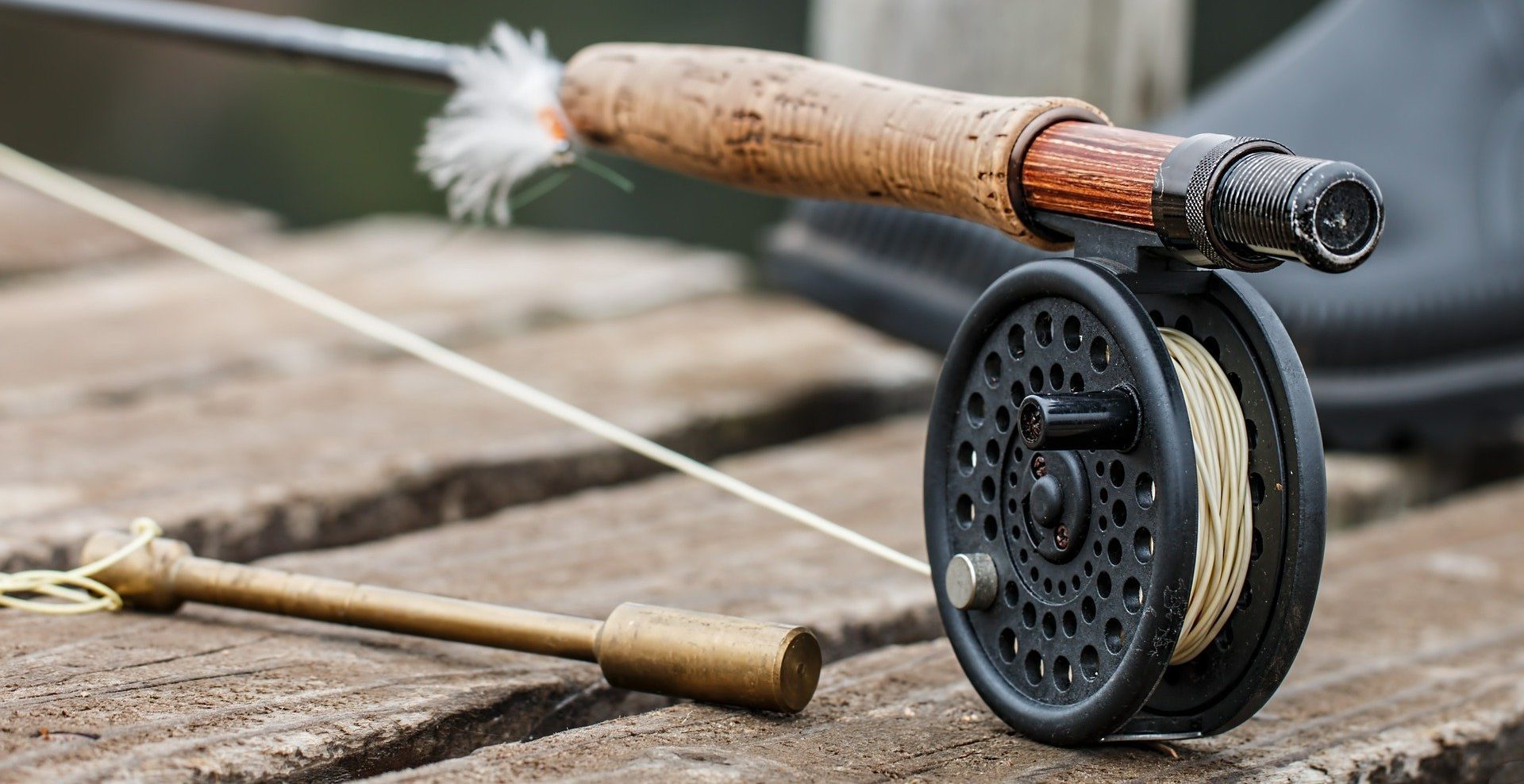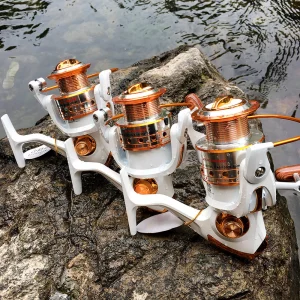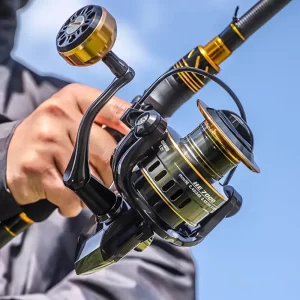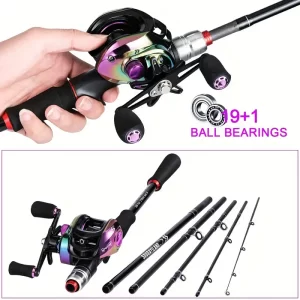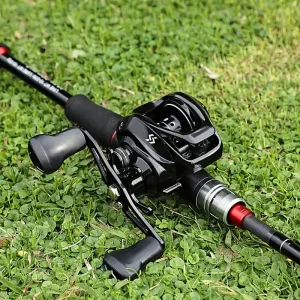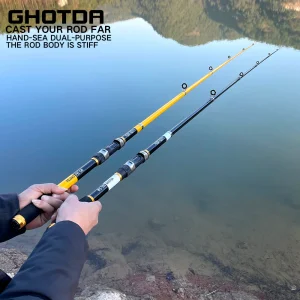Fishing rods are complex pieces of equipment that are made up of several different parts. Each part plays an important role in the overall performance of the rod, and understanding how they work together can help you choose the right rod for your needs. In this article, we’ll take a closer look at the different parts of a fishing rod.
Handle
The handle is the part of the fishing rod that you hold onto while fishing. It’s typically made of cork or foam and is designed to be comfortable to hold for extended periods of time. Handles come in different lengths and shapes to accommodate different hand sizes and fishing styles.
Reel Seat
The reel seat is the part of the rod where the fishing reel is attached. It’s typically located just above the handle and is made of metal or plastic. The reel seat is designed to hold the reel securely in place and prevent it from moving around while casting or reeling in a fish.
Guides
Guides are the small rings that run along the length of the fishing rod. They’re typically made of metal or ceramic and are designed to help guide the fishing line from the reel to the tip of the rod. The number and placement of the guides can vary depending on the length and type of the rod, but their purpose is always the same.
Blank
The blank is the long, tubular part of the rod that runs from the handle to the tip. It’s typically made of graphite, fiberglass, or a combination of the two. The blank is the backbone of the rod and provides the stiffness and sensitivity needed for casting and detecting bites.
Tip
The tip is the top section of the fishing rod, and it’s where the fishing line comes out of the guides. It’s typically the most sensitive part of the rod and is designed to detect even the slightest movement of the line. The tip is also the part of the rod that bends the most when a fish is hooked, which helps absorb the shock of the fish’s movements.
Ferrule
The ferrule is the small metal connector that joins the two or more sections of the fishing rod together. It’s typically located near the middle of the rod and is designed to provide a secure connection between the sections. Ferrules can be made of metal, plastic, or a combination of the two.
Butt
The butt is the thick, bottom section of the fishing rod, located just above the handle. It’s typically the strongest part of the rod and is designed to provide the power needed to reel in larger fish. The butt can also be used as a leverage point when fighting a fish, making it easier to control and land.
In conclusion, fishing rods are complex pieces of equipment that are made up of several different parts. Each part plays an important role in the overall performance of the rod, from the handle and reel seat to the guides, blank, tip, ferrule, and butt. Understanding how these parts work together can help you choose the right rod for your needs and make the most of your time on the water.
